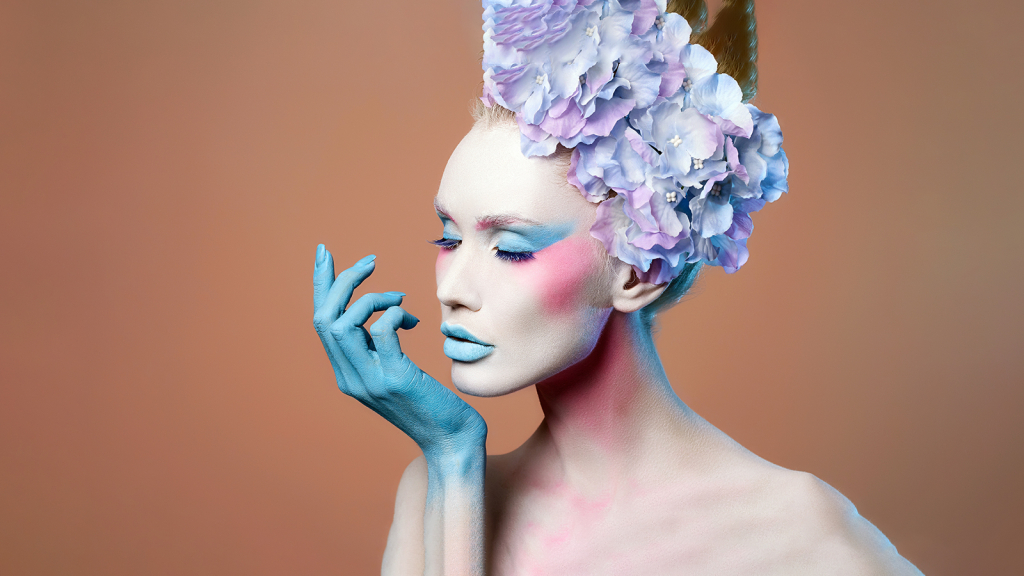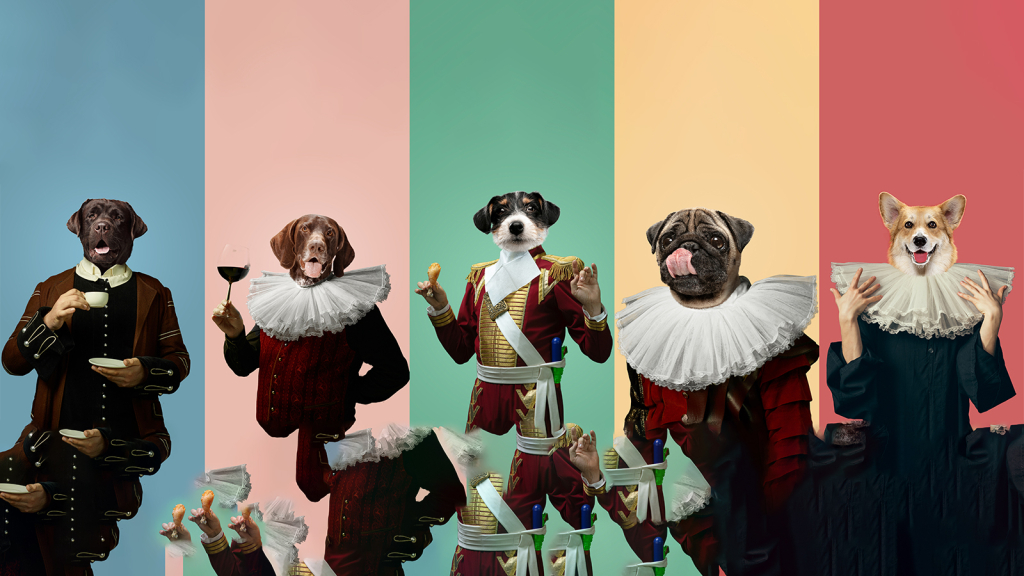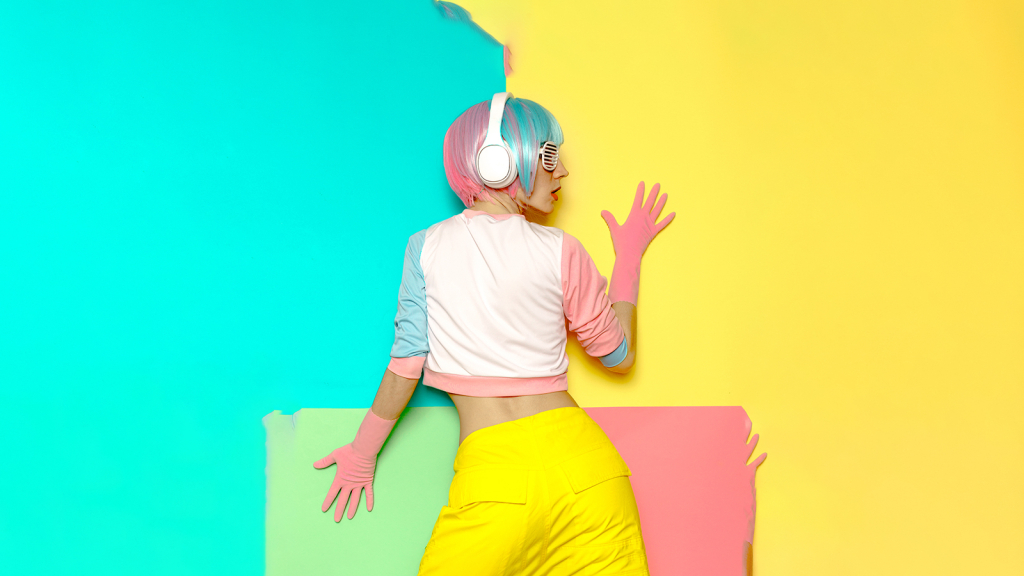Share This Article
Fashion is not just about the clothes we wear; it is a form of artistic expression that captivates and inspires. At the heart of this artistic realm lies fashion illustration—an exquisite blend of fashion and art that brings designs to life on paper. In this post, we’ll dive into the world of fashion illustration, exploring its history, techniques, and the undeniable allure it holds for fashion enthusiasts and artists alike.
1. The History of Fashion Illustration:
Fashion illustration has a rich history that dates back centuries. Before the advent of photography, fashion illustrations were the primary means of visualizing and disseminating fashion trends. From the delicate watercolor renderings of the 18th century to the bold and graphic styles of the Art Deco era, fashion illustration has evolved alongside the ever-changing landscape of fashion.
2. Techniques and Styles:
Fashion illustration encompasses a range of techniques and styles, each with its own unique aesthetic appeal. Artists may employ mediums such as watercolors, colored pencils, markers, or digital tools to create their illustrations. Styles can vary from realistic and detailed representations to whimsical and exaggerated interpretations. Experimenting with different techniques and finding your own signature style is part of the artistic journey.
3. Capturing Movement and Fabrics:
One of the remarkable aspects of fashion illustration is its ability to capture movement and showcase the drape and flow of fabrics. Artists skillfully depict the texture and weight of garments, allowing viewers to envision how they would look and feel in real life. Mastering techniques to portray movement and fabric is a crucial skill in fashion illustration, bringing designs to life on paper.
4. Expressing Creativity and Vision:
Fashion illustration provides artists with a platform to unleash their creativity and showcase their unique vision. It allows for experimentation, imagination, and the exploration of unconventional concepts. From illustrating haute couture gowns to conceptual streetwear designs, artists can push boundaries and create visual narratives that go beyond the limitations of reality.
5. Collaboration with Fashion Industry:
Fashion illustration has a strong connection to the fashion industry. It is not uncommon for fashion illustrators to collaborate with designers, magazines, and brands to bring their visions to a wider audience. Illustrations are used in fashion editorials, advertising campaigns, and even on social media platforms, bridging the gap between the art world and the fashion industry.
6. Inspirational and Collectible Art:
Fashion illustrations have a unique appeal that transcends the fashion realm. They are admired for their beauty, artistic skill, and ability to evoke emotions. Many fashion enthusiasts and collectors are drawn to fashion illustrations as collectible artworks, displaying them as pieces of beauty and inspiration in their homes.
7. The Digital Age of Fashion Illustration:
With the rise of digital tools and social media, fashion illustration has found a new avenue for expression and exposure. Artists can create stunning digital illustrations using software and tablets, reaching a broader audience online. Social media platforms serve as virtual galleries, allowing artists to connect with fellow creatives, brands, and fashion enthusiasts, opening doors for collaborations and opportunities.
Fashion illustration is a captivating art form that combines fashion, artistry, and storytelling. It allows artists to unleash their creativity, capture the essence of fashion, and bring designs to life on paper. Whether you’re an artist looking to delve into the world of fashion illustration or a fashion enthusiast seeking inspiration, exploring the diverse techniques, styles, and history of fashion illustration will deepen your appreciation for this timeless art form that continues to inspire and enchant.




